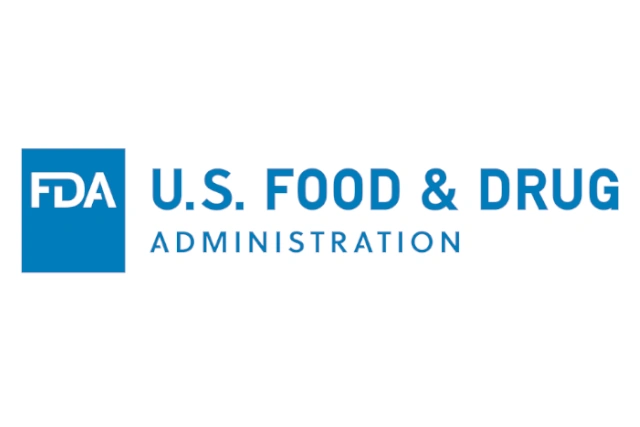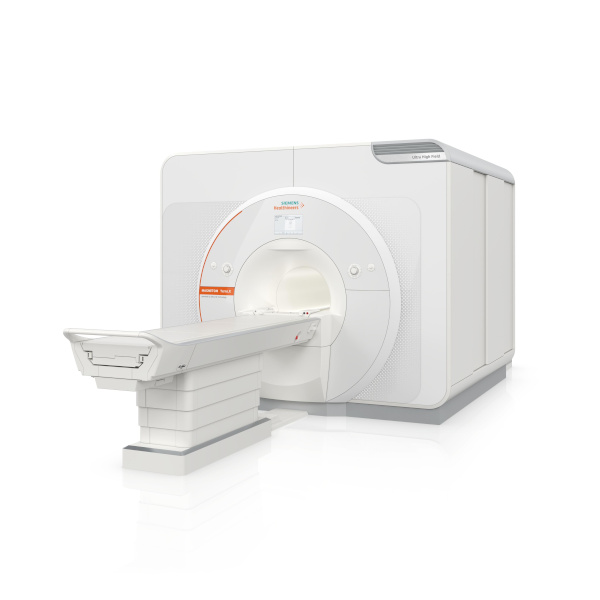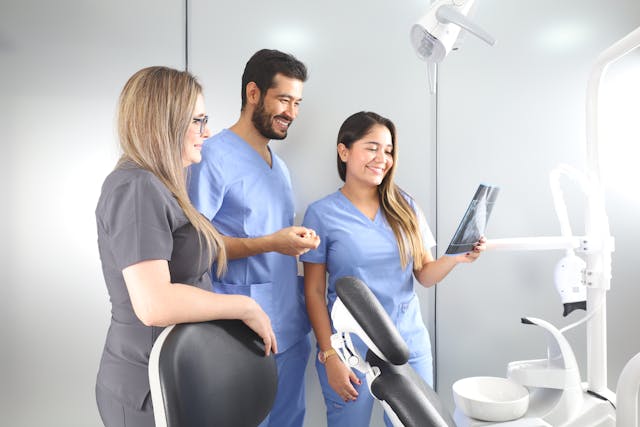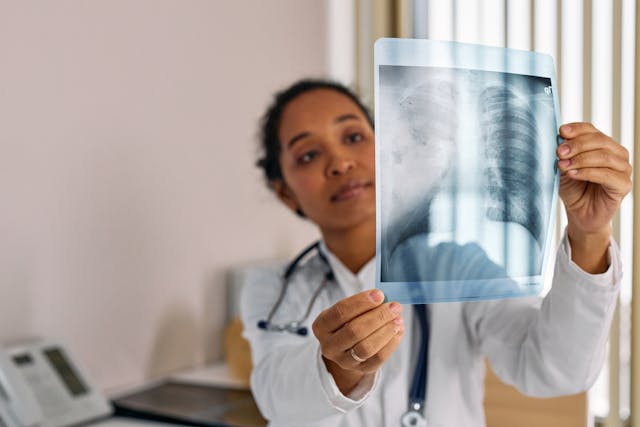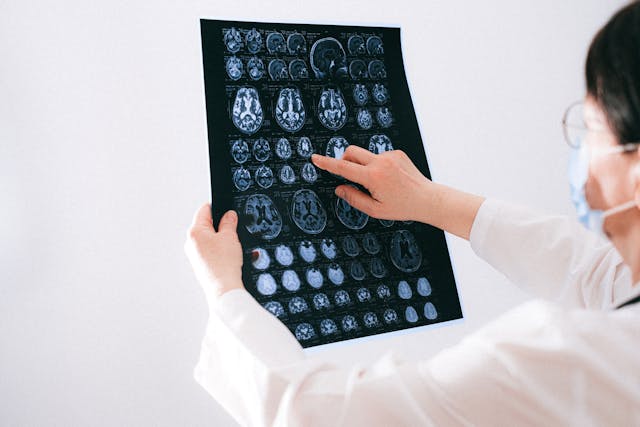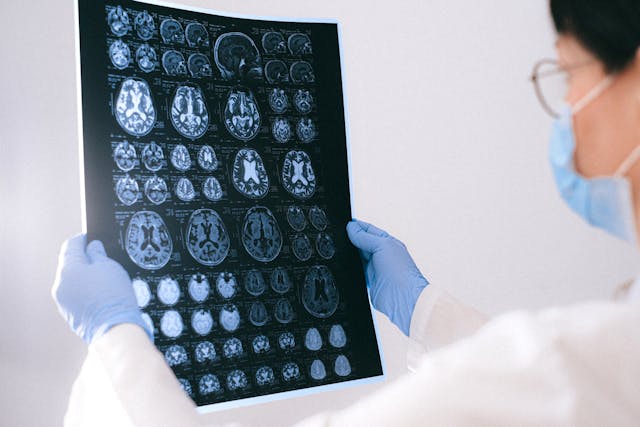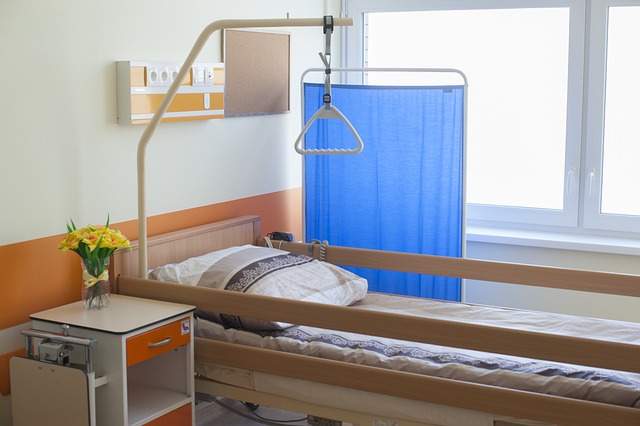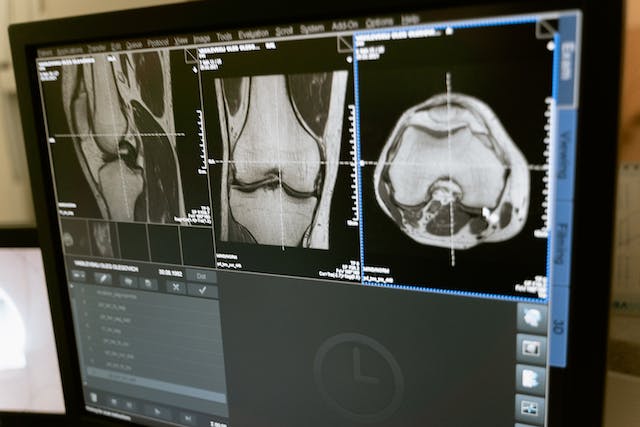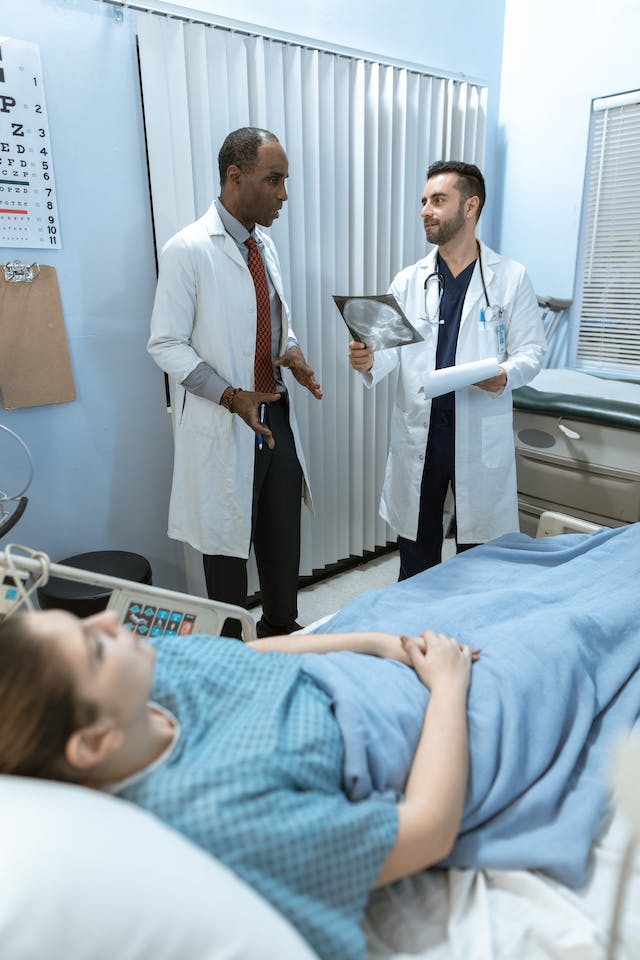Finding the right teleradiology partner becomes paramount, especially when faced with staffing shortages at hospitals, urgent care centers, or other healthcare facilities. As these institutions strive to maintain high-quality patient care amidst limited resources, outsourcing radiology services can provide a lifeline and has many benefits. However, the decision to engage a teleradiology partner demands careful consideration. From ensuring rapid turnaround times to guaranteeing impeccable quality and compliance, several crucial factors must be scrutinized to identify the ideal partner. Let’s delve into the essentials of what healthcare providers need to look out for when selecting a teleradiology partner in such critical circumstances.
Quality Workflow: Quality assurance in teleradiology involves ensuring that the interpretations provided by the radiologists are accurate and reliable. This includes verifying the qualifications and expertise of the interpreting radiologists, as well as implementing processes for peer review and ongoing quality monitoring.
Subspecialties: If your healthcare center needs specific types of readings like those for EKGs, ECHO, or DXA, it’s good to research if the teleradiology company offers these subspecialties for both preliminary and final readings.
Credentialing and Licensing: It’s crucial to confirm that the radiologists working with the teleradiology partner are appropriately licensed and credentialed to practice in the relevant jurisdictions. This involves verifying their credentials, certifications, and licensure status to ensure compliance with regulatory requirements. Vesta’s radiologists are all U.S. Board Certified.
Turnaround Time: Prompt delivery of radiology reports is essential for timely patient care and treatment decisions. When selecting a teleradiology partner, it’s important to inquire about their average turnaround times and their ability to meet the facility’s specific needs, especially during peak periods or emergencies. Expect fast turnaround times with Vesta. In fact, Vesta can meet emergency STAT needs and provide reports within just 30 minutes with accurate and high-quality reports.

Security and Compliance: Teleradiology involves the transmission and storage of sensitive patient information, making data security and compliance with privacy regulations paramount. Healthcare providers should ensure that their teleradiology partner adheres to industry-standard security protocols, such as HIPAA compliance, and employs encryption and other measures to safeguard patient data. Vesta is 100% HIPAA compliant.
Communication and Collaboration: Effective communication channels between the healthcare facility and the teleradiology partner are essential for seamless collaboration. This includes establishing protocols for communication of urgent findings, as well as integrating teleradiology reports into the facility’s electronic health record (EHR) system for easy access by clinicians. Vesta is at your service 24/7/365. We not only retain the services of exceptional Radiologists who are immediately available to your referring physicians, we also employ a knowledgeable staff ready to address any questions.
Technical Support: Reliable IT infrastructure and technical support are essential for smooth image transmission and workflow efficiency. Healthcare providers should assess the teleradiology partner’s IT capabilities, including their systems for image transfer, storage, and viewing, as well as their responsiveness to technical issues or downtime.
Cost-effectiveness: While quality of service is paramount, healthcare providers must also consider the cost-effectiveness of partnering with a teleradiology provider. This involves evaluating the partner’s pricing structure, including any subscription fees, per-case charges, or additional costs for expedited services, and comparing it with the value provided. Vesta helps healthcare providers whether they have small, medium or even large volumes.
Reputation and Experience: Partnering with a reputable teleradiology provider with a proven track record is crucial for peace of mind and quality assurance. Healthcare providers should research the partner’s reputation, including client testimonials, case studies, and industry recognition, and assess their experience in providing teleradiology services to similar facilities or specialties. Vesta has been in service for over 16 years and has a proven track record of success!
Expert Teleradiology Company in the US: Vesta
Do you need a qualified teleradiology partner? Vesta is here for you whether in full capacity or just partially. Contact us to learn more: 877-558-3782
Sources:
Medium.com
openai..com

